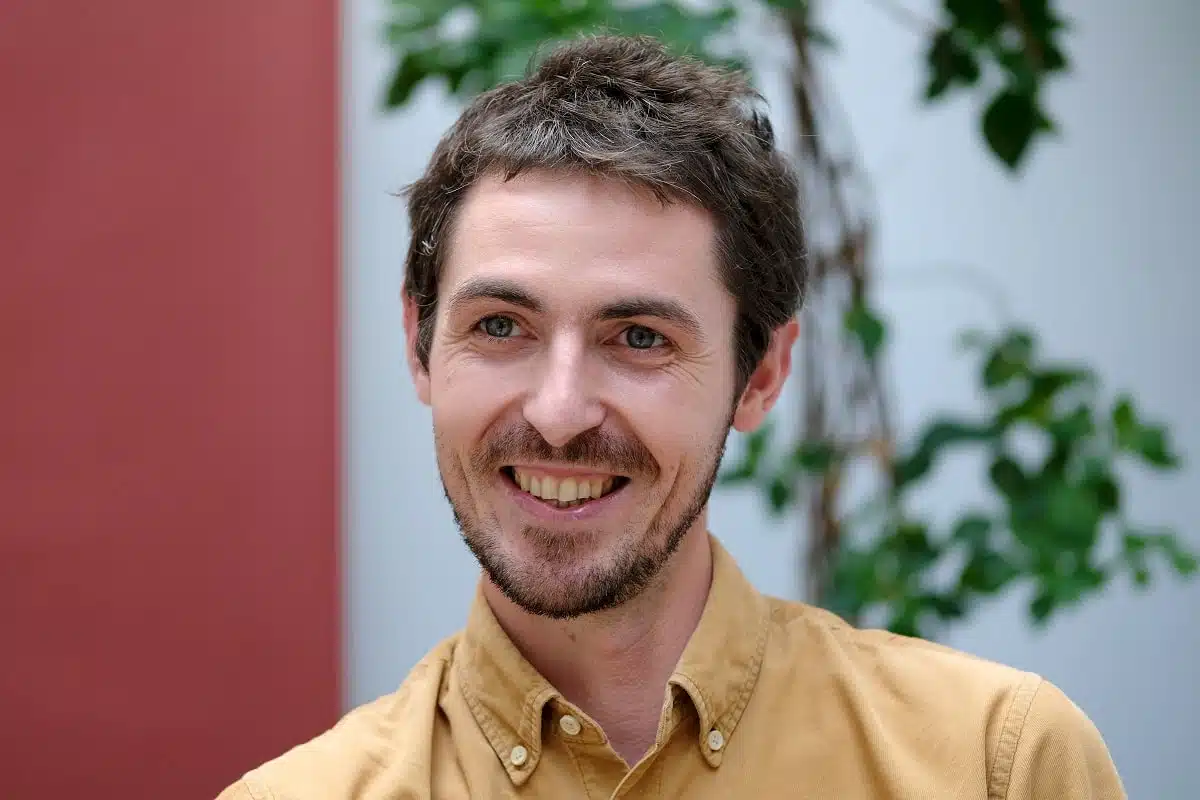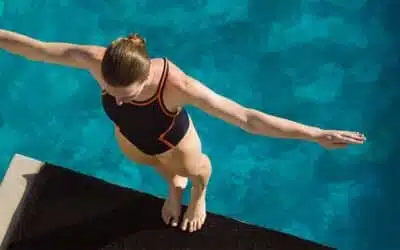The Path that leads nowhere

Written By Grégoire Langouet
Blog | Culture and tradition | General Introduction to Dzogchen | The Dzogchen basics
In this article, “The Path that leads nowhere”, Grégoire explains in a condensed form the path of Dzogchen: literally a “no-path”.
Sometimes we lose our smartphone. We shake our heads, move heaven and earth to find it. But nothing can be done, it seems to be definitely lost. We make greater efforts to get our hands on it. But it is lost. Weary, almost desperate, after a while, we give up. We give up all hope – and there it is! Of course, it had always been there, right in front of us, right in the middle, right in front of our eyes. Relaxing and finding space to see better would have been enough – instead of running anxiously towards a goal. Has this ever happened to you? Edgar Allan Poe and his stolen letter offer a classic example of this process; the adventures of Tintin and Captain Haddock in The Secret of the Unicorn and Red Rackham’s Treasure, a more popular one. So much effort, to recognize what was already there – this is a possible illustration of the “path” in the Dzogchen tradition.
Other stories, ancient or contemporary, also illustrate this same idea. In his initiatory quest, Ulysses goes to find Helen and then returns to Ithaca from his Odyssey. In his films, Christopher Nolan embarks us in his speculations, to make us come back to the beginning, as in Tenet, for a reflection on the cyclicality of time. We leave in order to come back better, but basically, everything was already there. Wouldn’t our life be like such odysseys? A sort of initiatory quest towards our own nature “always” already there. A motionless journey – towards a non-goal.
What Dzogchen proposes, like any authentic tradition, is therefore a path to the realization of our fundamental nature – an initiatory journey towards what we really are. This path, however, Dzogchen asserts that it is illusory. There is no path and yet we must walk it if we are to reach the goal. To walk an illusory path for an illusory result – because it is always-already present and perfect: this is what the Great Perfection says. This would not be the only example of the paradoxical or non-dual character of this tradition.
We moderns have largely lost the meaning of this notion of “path” or “way”, and that it can lead to an ultimate aspect of reality – absolute or transcendent: the primordial ground (ye gzhi). That our life, tending towards death, can open up to something other than the sole end of existence has largely become foreign to us. And yet, this is what the path of the Dzogchen tradition proposes: to walk towards the heart of reality, to free ourselves from the cycle of conditioned existences (see this article of Paul).

Do not try to transform, to reach anything, but remain in the great luminous simplicity, effortless, unaltered. An illusory path for an illusory result: once its illusion is recognized, it gives way to the primordial evidence of reality.
n the Dzogchen tradition, the path is usually divided into preliminary, main and completion stages. The result of the path proposed by the Great Perfection is the rainbow body, the realization of the body of light and the incredible disappearance of the practitioner’s physical body in the eyes of those who remain (see this article of Johanne).
First of all, the preliminary practices aim at clearly distinguishing between what belongs to the conditioned existence and the chronic dissatisfaction in which we are immersed – cyclic wandering (‘khor ba – saṃsāra) – from the complementary but opposite aspect of reality: the great dynamic peace – beyond torment (myang ‘das – nirvāṇa). ‘Khor ‘das ru shan says Tibetan: to separate (ru shan) the cycle (‘khor) from beyond torment (‘das): to gradually lift the veils that obscure our primordial nature.
Once this is fully accomplished it is then the presentation to the nature of mind, the fundamental and definitive introduction (ngo sprod) to our own primordial nature. The practice of natural contemplation (mnyam bzhag) can then begin. One remains in contact with the ultimate nature of reality (rig pa) – we become a Lord of the primordial evidence (vidyādhara – rig ‘dzin) and continue with the practices of achieving the path. Through the contemplation of trekchö (khregs gcod) – cutting through rigidity – we untie all fixations to let go of the natural flow of the reality of who we are. Through the continuity of practice and experience, one comes to stabilize the realization of the empty (stong pa) and primordially pure (ka dag) nature of reality. And from this emptiness, which is not nothing but dynamic luminosity, everything can unfold spontaneously (lhun sgrub). It is then the practices of thögal (thod rgal) – the immediate leap -, with its four visions (snang bzhi), which allow the Base, the ultimate nature of reality, to unfold fully in the yogi’s or yogini’s experience. Gradually the visions take over the whole of his or her experience before being reabsorbed into their own nature – like the unfolding and re-folding (‘phro ‘du) of reality at every moment – the dance of Shiva Natarāja or the cosmic breathing of Brahma (see the article of Mila Khyentse) according to other traditions. Undoubtedly, Ibn ‘Arabi would argue the same thing in Sufi Islam.
The finalization of this process continues undistinguished from all the moments of ordinary life, day and night. The ultimate realization of these practices – the goal of the Dzogchen path – is then accomplished at the moment of death, in the ultimate practice in this life – to remain in contemplation in order to accomplish, for the sake of beings, the rainbow body.
Basically, from the moment of completion practices, there is literally “nothing to do”. Being there, let everything be as it is – natural and authentic. Do not try to transform, to reach anything, but remain in the great luminous simplicity, effortless, unaltered. An illusory path for an illusory result: once its illusion is recognized, it gives way to the primordial evidence of reality. Easier said than not-done! It took a lot of effort to reach the non-effort. To pass by all the recesses of our complexity to return to the great simplicity. The path will not have been.
And the little path in the woods (Holzwege), which Rilke and Heidegger mentioned, litteraly led nowhere – we were already in the middle of the clearing, source of all light.
More Posts
High Diving
In “High Diving” by Mila Khyentse, everything is about diving and hovering… in the Olympic Games of Great Perfection.
Nenikekamen!
With “Nenikekamen!” Grégoire compares the marathon, the flagship event of the Olympic Games, to the Dzogchen path.
Opening Ceremony
Nils compares the Olympic Games Opening Ceremony to the introduction in Dzogchen, kicking off the Great Perfection Summer Games series!



